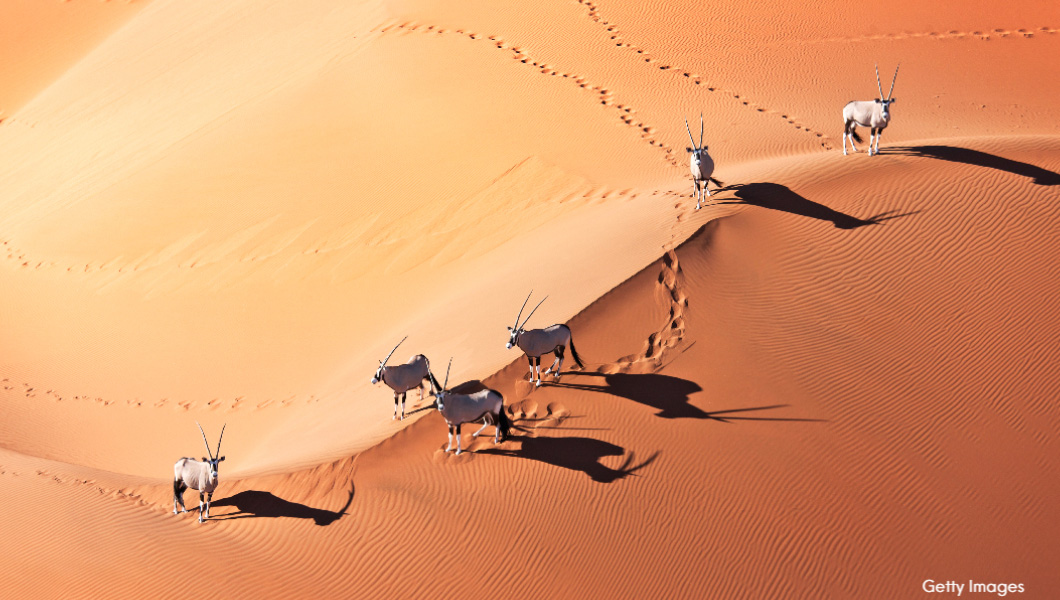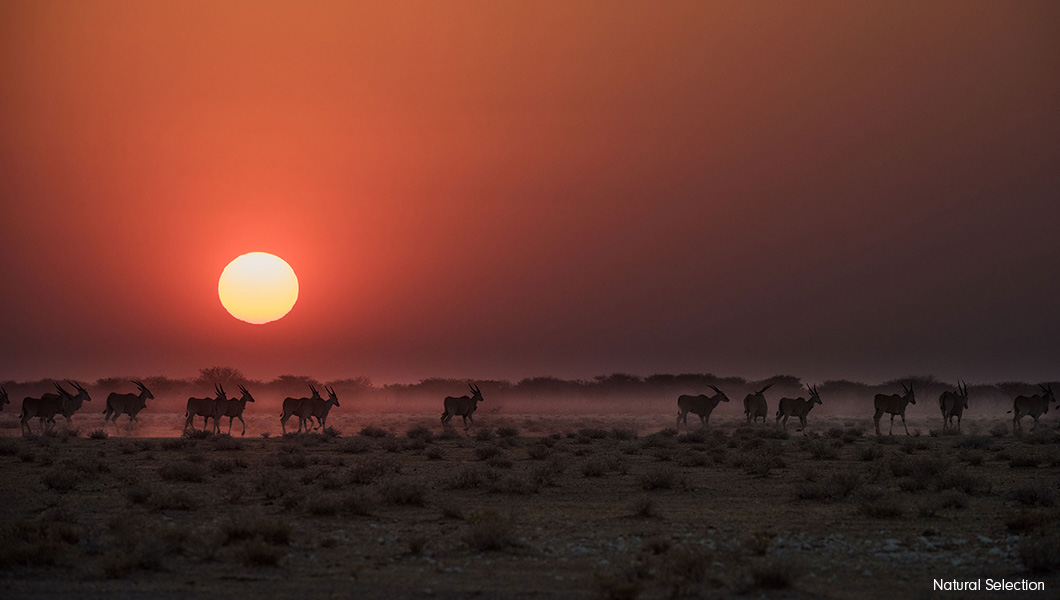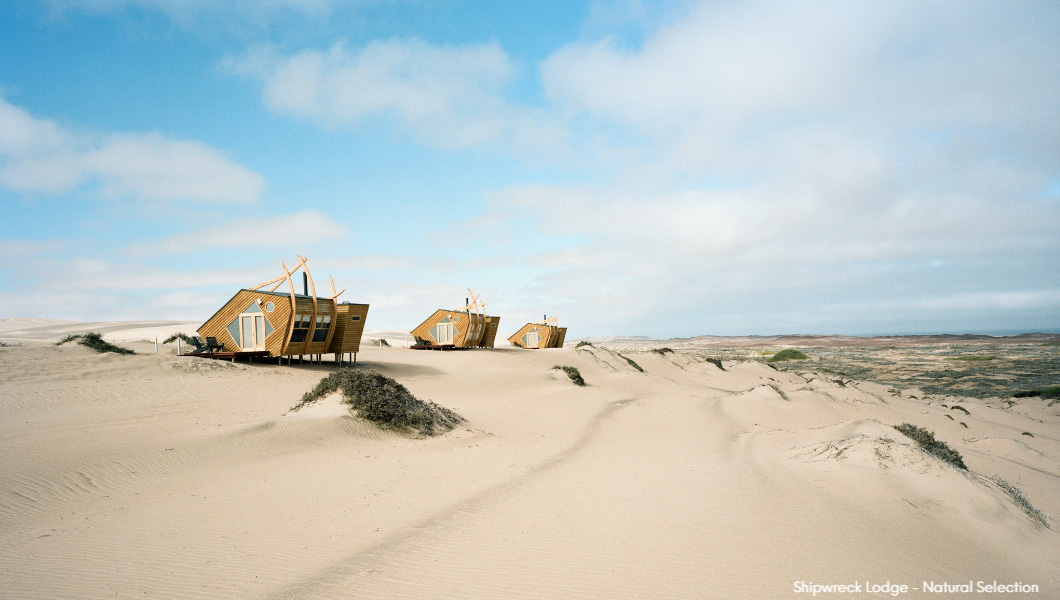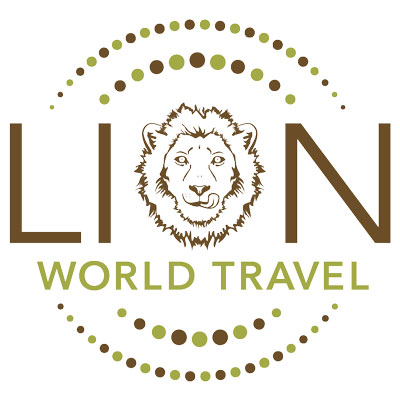Why We Love Namibia
Namibia is a place of great contrasts, with its soaring red desert dunes, endless horizons, expansive coastlines, and the shimmering salt pans of Etosha. The many rare plant species, adapted wildlife and star-studded indigo night skies offers some of the most mesmerizing scenery in the world, making exploring the oldest, driest desert in the world an exciting experience.

Our Top Must See Namibia Locations
Etosha National Park
The unique Etosha National Park’s main characteristic is a salt pan so large it can be seen from space. There is abundant wildlife that congregates around the waterholes, offering almost guaranteed sightings of a host of wildlife – lions, elephants, springboks, gemsboks and more that come by the hundreds. It is also one of the most accessible game reserves in Namibia and Southern Africa.

Sossusvlei
Sossusvlei is possibly Namibia’s most spectacular and best-known attraction. Characterized by the massive red dunes that are some of the highest in the world, reaching over 1,000 feet, they are constantly being reshaped and reformed by the wind. Despite the harsh desert conditions in the area, one can find a wide variety of plants and animals that have adapted to survive. Here you can marvel at the scenery that has to be seen to be believed as you stand in one of the oldest landscapes on the planet. The exquisite desert is alive and full of life, providing photography lovers ample opportunity to snap some beautiful imagery, especially during the beautiful morning sunrise (trust us it is beautiful).
Suggested Safari: Namibian Adventure

Windhoek
Windhoek is a modern, well-ordered city where office workers frequent sidewalk cafes at lunch time, tourists stroll through Post Street Mall admiring African curios and taxis zip around honking at potential customers. Neo-baroque cathedral spires, as well as British architecture dot the skyline retaining a strong sense of European influences. Windhoek lies in a wide valley surrounded by mountain ranges. It’s a great place to begin or break a journey through Namibia.
Swakopmund
Sandwiched between the ocean and the Namib Desert, Swakopmund, a coastal town in central Namibia, is one of the most popular places in the country for travelers to visit. The laidback town has loads of charm with its British style architecture, oceanfront promenades, historical sights, cozy guesthouses, and excellent restaurants and beer houses where you can sample traditional German food and beer.
Swakopmund is a perfect base for exploring the coast, from spotting the abundant marine life of the Atlantic Ocean to going birdwatching at Sandwich Harbor or taking boat and kayaking trips from Walvis Bay. Known as Namibia's adventure capital, it is easy to fill your days with adrenaline-pumping fun. Take your pick from sandboarding down the huge dunes just outside of town or quad biking in the desert. Due to its mild climate during December and January the town is an attraction to many inland tourists.

Skeleton Coast
Skeleton Coast National Park is the world’s largest ship cemetery. It is a 25-mile wide and 310-mile-long coastal stretch in Namibia. The name was most probably derived from the huge numbers of stranded whales that lost their lives here and whose skeletons could be seen all over the place. It is a hostile but fascinating area, where the cold and unpredictable Benguela Current of the Atlantic Ocean clashes with the dune and desert landscape of north-western Namibia. Numerous ships have stranded at the Skeleton Coast thanks to the thick fog, the rough sea, and stormy winds. Despite the harsh character of this coast, there are quite several wild animals to be found here like the desert-adapted elephants, rhinos, desert lions, brown hyenas, jackals, giraffes, seals, oryx, kudus and zebras. Also, a variety of plants are incredibly adapted to the rainless area of the Skeleton Coast and depend solely on the daily fog from the Atlantic Ocean.


